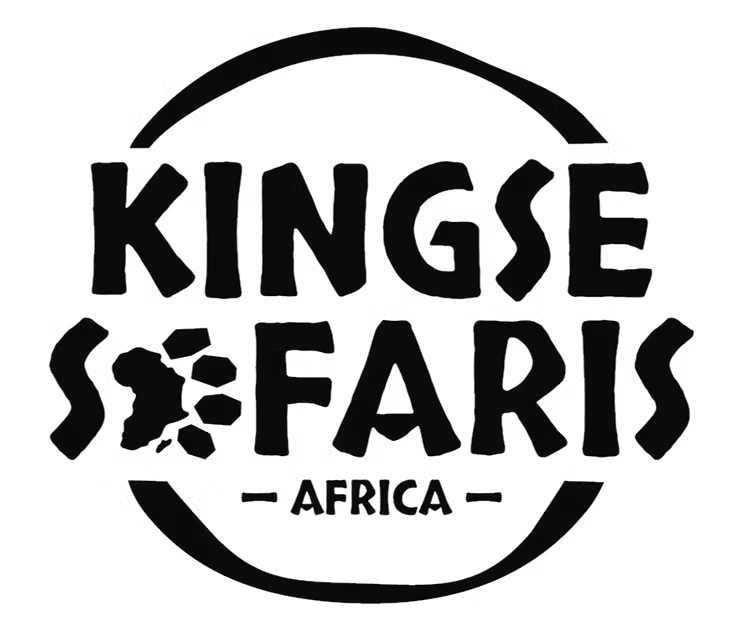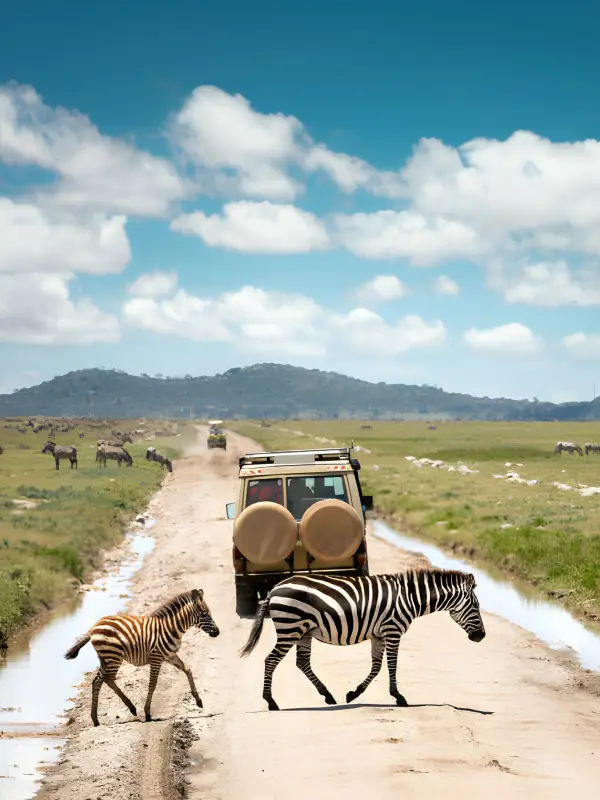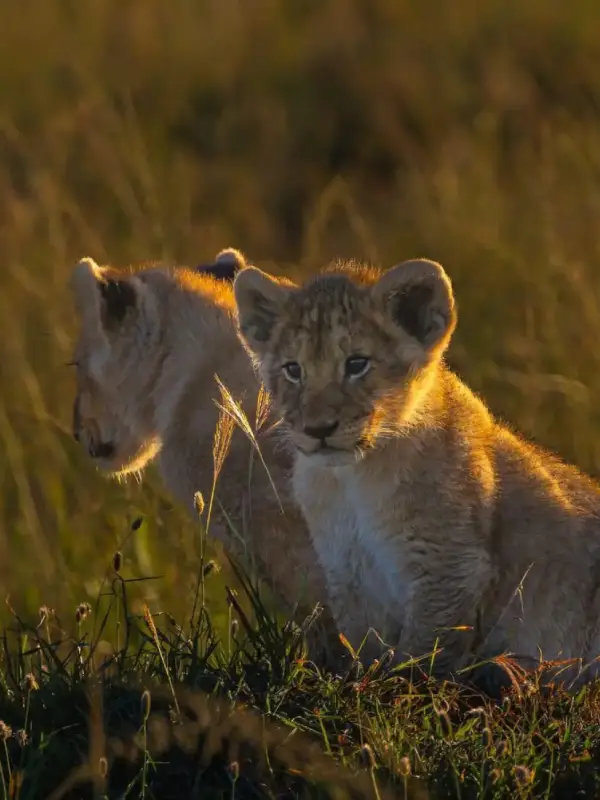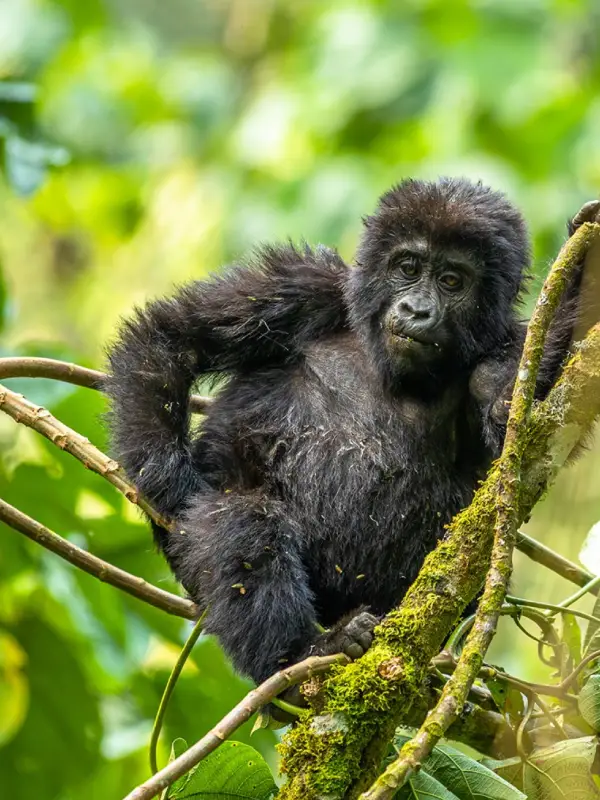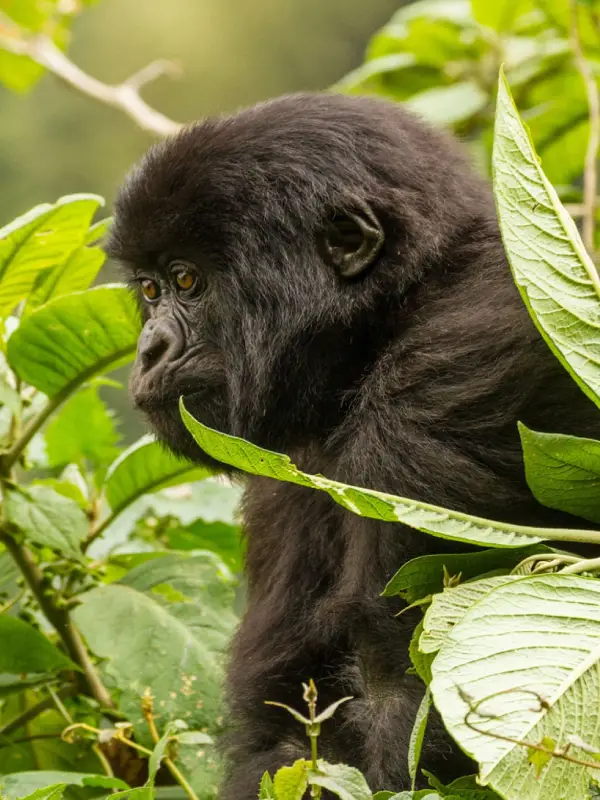East Africa Destinations
Savannah, seas, mountains, lakes, and heritage define East Africa.
Across East Africa, every landscape feels alive with golden plains, misted highlands, deep forests, and Indian Ocean shores. Wildlife, culture, and adventure combine here, creating journeys that feel raw, rich, and real.
Wildlife Magic
Animal Magic
Nature Views
Scenic Beauty
Safari Plces
Explore Four Places
Safari Thrills
Safari Action Ride
Every Horizon Tells a Different Story Here
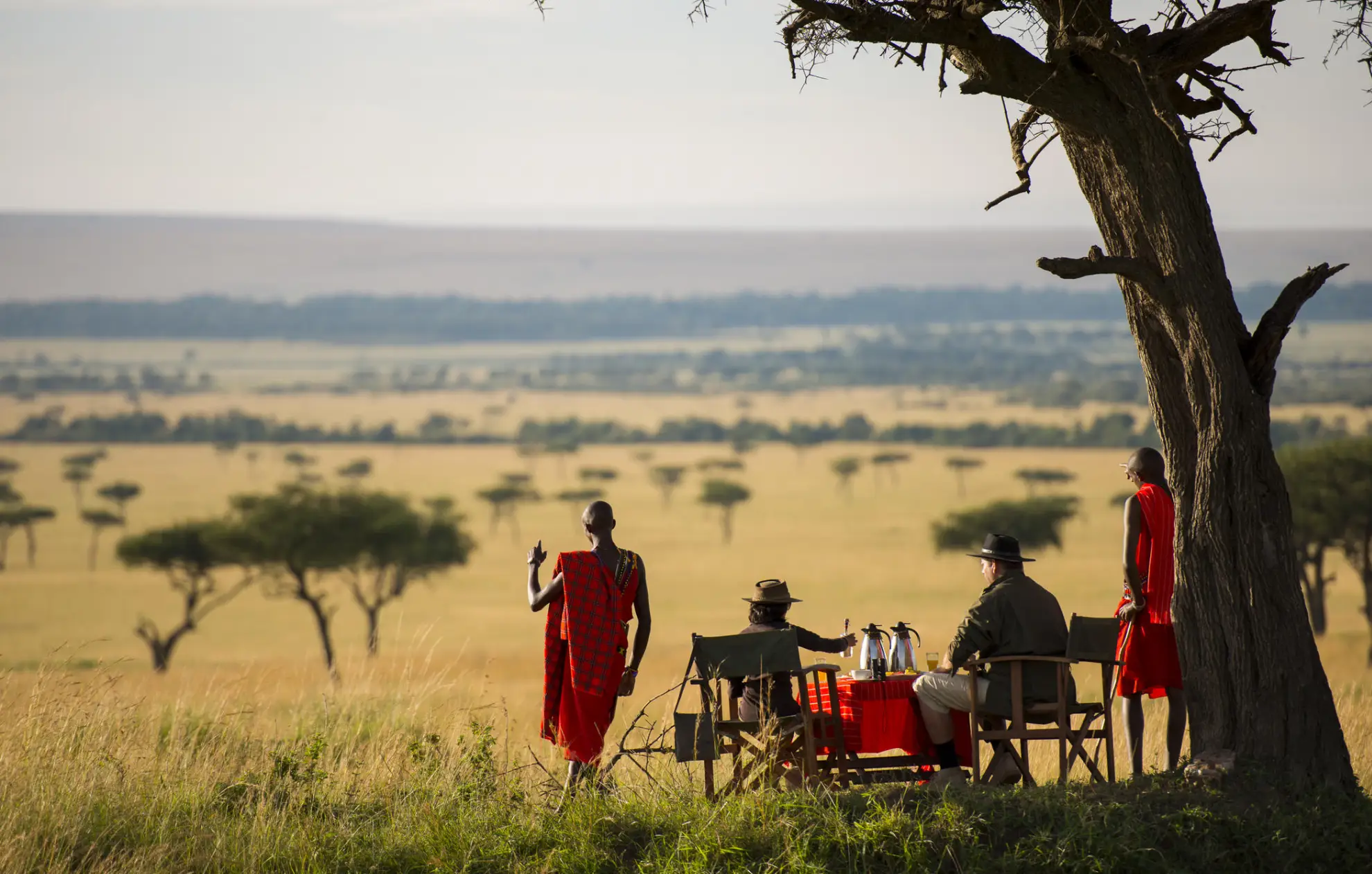
In Kenya and Tanzania, the drama of the Great Migration and savannah safaris unfolds. Uganda and Rwanda invite those drawn to misted mountains, primate trekking, and highland culture.
Beyond safaris, East Africa offers sailing, diving, hiking, and city life: Nairobi, Arusha, Kigali, and Kampala pulse with art, cuisine, and history. Together, the region becomes a journey where every horizon reveals something new.
East Africa is not one story, but many. It’s where vast herds cross the Serengeti, where gorillas stir in Uganda’s forests, and where coral islands line the Indian Ocean.
Travel is best enjoyed in the dry months, June to October and December to February, when animals gather near water, hiking trails are clearer, and skies stretch endlessly blue.
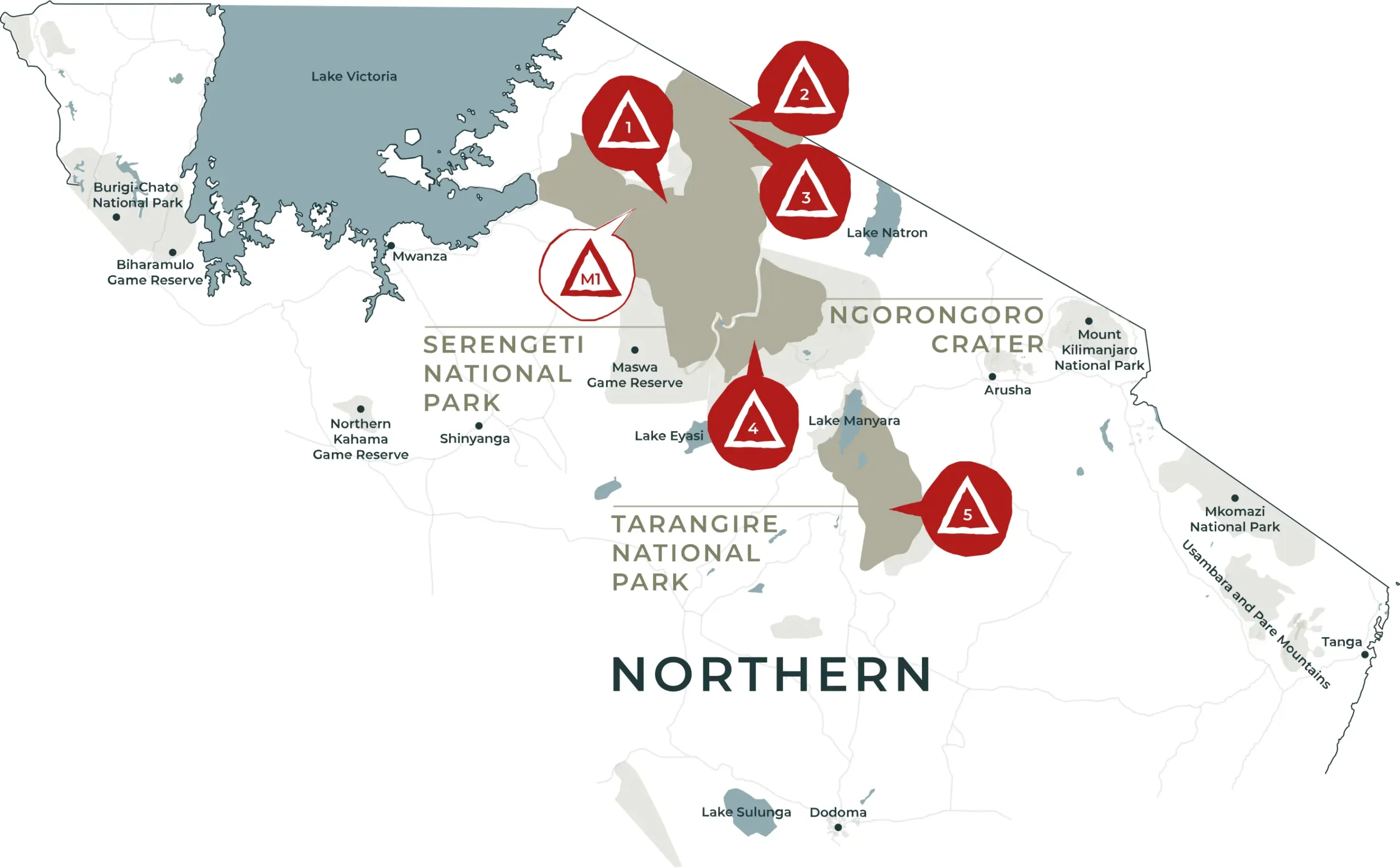
Tanzania Safari FAQs to Guide Your Dream Adventure
It can be overwhelming to plan a safari in Tanzania, but we’ve made it easier for you. Here are the most common questions that people have before going to East Africa’s most famous wildlife destination.
What makes Tanzania different from other safari destinations?
Tanzania is one of Africa’s ultimate safari destinations thanks to its sheer diversity. The Serengeti hosts the world-famous Great Wildebeest Migration, Ngorongoro Crater offers a unique chance to see the Big Five in one day, Mount Kilimanjaro promises iconic trekking adventures, and Zanzibar adds beach relaxation after a wildlife-filled safari.
Do I need a visa to visit Tanzania?
Yes, most travelers require a visa to enter Tanzania. You can apply for an e-visa online before travel or get one on arrival at airports such as Kilimanjaro International or Dar es Salaam.
The single-entry tourist visa usually costs $50–$100, depending on your nationality, and allows a stay of up to 90 days. Make sure your passport is valid for at least six months from your date of entry.
When is the best time to see wildlife?
Tanzania is fantastic year-round, but wildlife viewing is especially good in the dry season (June–October), when animals gather around rivers and waterholes.
If you want to witness the Great Migration River crossings, July to September is ideal.
For those interested in birdwatching and calving season (when wildebeest give birth), January–February is excellent.
Green season (March–May) brings lush scenery, fewer crowds, and lower prices, though some rains may limit movement.
What vaccinations or health precautions should I take?
If you are going to or passing through a place where yellow fever is a concern, you need to get a yellow fever vaccination. It is very important to avoid getting malaria, so talk to your doctor about the best medicine to take.
It’s also a good idea to keep up with your usual vaccinations, like those for hepatitis A and B, typhoid, and tetanus. During your Tanzania Safari, bring bug spray, drink bottled or filtered water, and keep yourself clean.
What should I pack for a Tanzania safari?
The most important things are comfort and usefulness. Wearing clothes in neutral colours like khaki, beige, or olive helps you blend in with your surroundings and keeps bugs away. Bring light clothing because it can be cool in the morning and evening, but warm in the afternoon. You need strong walking shoes or boots, especially for game walks or hikes. You should bring binoculars, a camera, sunscreen, a hat with a wide brim, bug spray, and reusable water bottles. When going mountain trekking, you need to wear warm clothes and rain gear.
Is Tanzania safe for travellers?
Yes, tourists may feel safe and welcome in Tanzania. National parks are secure, and the guides are experienced specialists. It’s wise to be careful in cities, just like anywhere else. Don’t carry valuables in plain sight, use licensed cabs, and don’t stroll alone at night. Most guests say they feel comfortable, especially when they go on safari with a trusted company like ours.
How much does a Tanzania safari cost?
The Tanzania Safari Cost depends on the level of comfort and duration. On average:
- Budget safaris: $200–$300 per person per day (camping or simple lodges).
- Mid-range safaris: $400–$800 per person per day (comfortable lodges/tented camps).
- Luxury safaris: $1,000+ per person per day (exclusive lodges, private vehicles, luxury experiences).
The price usually covers accommodation, park fees, meals, and game drives. Flights, visas, and tips are typically extra.
When does the Great Wildebeest Migration happen?
The migration is a year-round event as over 1.5 million wildebeest, zebras, and gazelles move in search of fresh grazing. In Tanzania, the action is best between December and July:
- December–March: Calving season in Southern Serengeti.
- April–June: Herds move north through Central and Western Serengeti.
- July–October: Famous Mara River crossings in Northern Serengeti.
By November, herds start returning south. Timing depends on rainfall patterns, but Tanzania always hosts a significant part of the cycle.
Can families with children enjoy a safari in Tanzania?
Of course! Tanzania is an excellent place for families because lodges and camps have family suites, kids’ menus, and activities for young adventurers. You can make game drives shorter, and some camps even feature nature excursions and cultural activities for kids. Kids adore seeing elephants, giraffes, and zebras up close, and parents can relax knowing that the guides are well-trained.
What unique experiences can I try beyond safaris?
Tanzania isn’t just about game drives. You can also:
- Trek Mount Kilimanjaro or Mount Meru for world-class climbing adventures.
- Take a hot-air balloon safari over the Serengeti at sunrise.
- Visit the Maasai and Hadzabe tribes for authentic cultural interactions.
- Explore the spice farms and pristine beaches of
Creating Your Dream Safari, The Way You Want it
Kingse Safaris Africa offers customized tours tailored to your needs. Everything about your trip can be altered to suit your travel style, from the activities to the schedule. Join us and design your dream journey with us!







